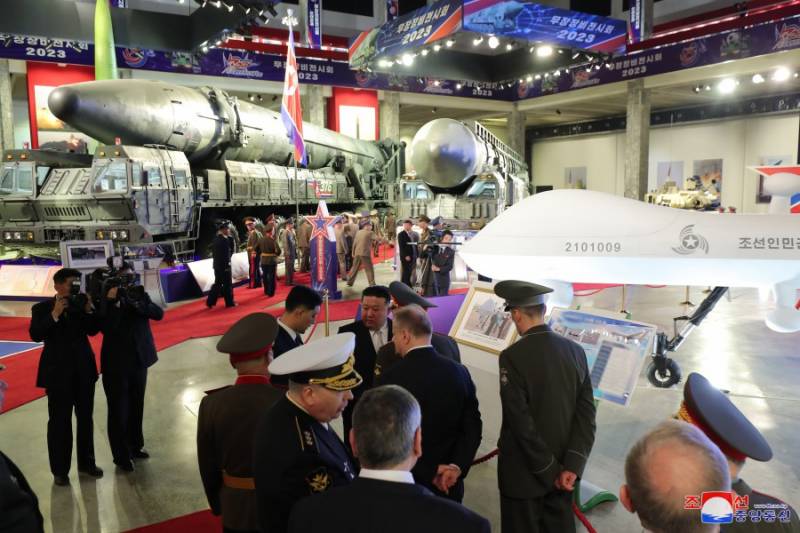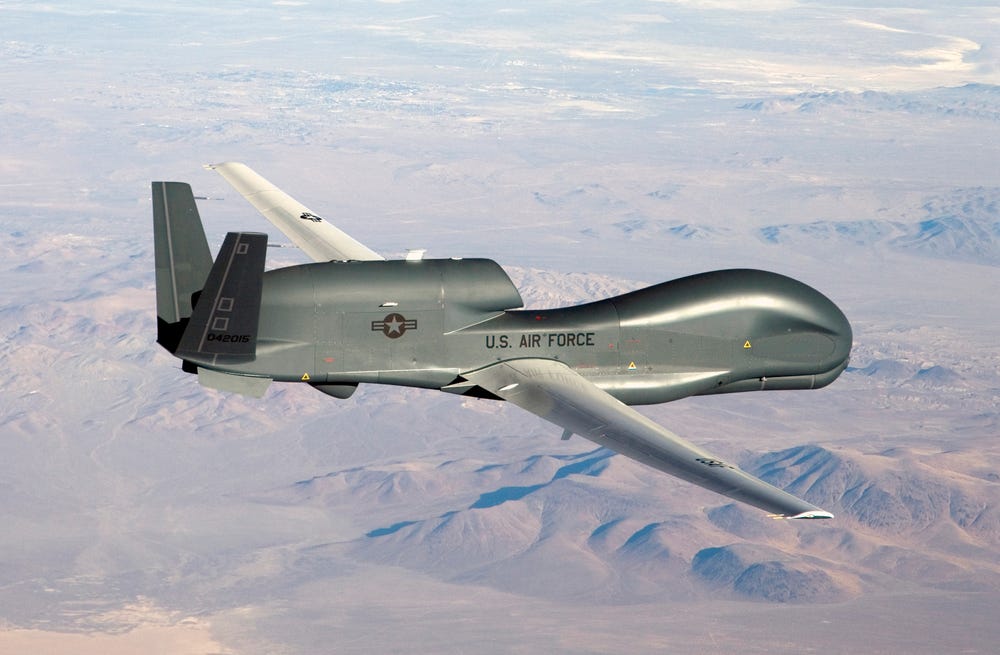North Korea is said to have successfully built replicas of the MQ-9 and RQ-4 drones, but their quality and features are still a mystery.

North Korea’s new generation of reconnaissance and combat UAVs was revealed at a recent arms show. It is noteworthy that these drones are very similar in appearance to the US-made MQ-9 Reaper and RQ-4B Global Hawk UAVs.

The images broadcast by North Korea’s Central Television showed Pyongyang’s most modern weapons, attracting great attention from foreign media. On July 27, 2023, the DPRK celebrated the 70th anniversary of its victory in the war on the Korean Peninsula. As for the designated UAVs, their official presentation took place during the “23rd Arms and Equipment Exhibition” in Pyongyang.

North Korea appears to be making it clear to the international community that it is at least on track to build its own reconnaissance and attack drones, along with accompanying missiles. North Korean leader Kim Jong-un personally guided the visit of the head of the Russian Defense Ministry, General Sergei Shoigu, and showed him the country’s latest military equipment.
It is not clear when Pyongyang started developing such drones. But in January 2021, North Korean leader Kim Jong-un ordered the construction of attack and reconnaissance drones, with a range of 500 km. And now everything shows that development is happening in North Korea.

As observed, the drone similar to the MQ-9 Reaper has a wingspan of about 20 meters and is equipped with two different types of missiles mounted under the fuselage. Each wing of the North Korean-made drone has 3 hard points, which means a total of 6 weapon hard points, while the US MQ-9 Reaper has only 2 hard points each wing. However, there is a very long way between manufacturing with similar appearance and internal features. There is no guarantee that North Korean drones have as many advantages as American products.
The larger of the two drones, the Global Hawk-type, is very similar in appearance and size to the U.S. Air Force’s jet-powered RQ-4A, as well as derivatives of the same type that are also operated by the U.S. Navy, NATO, and others, including South Korea. Key features of the U.S.-made drone, including the V-tail and the air intake located above the fuselage are faithfully replicated in the North Korean design.
While the precise capabilities of these North Korean drones remain very much unclear — the fact that Pyongyang has been plowing resources into developing them does at least point to an increasing interest in advanced UAV designs for both surveillance and attack, as well as the ability to actually realize those interests.





